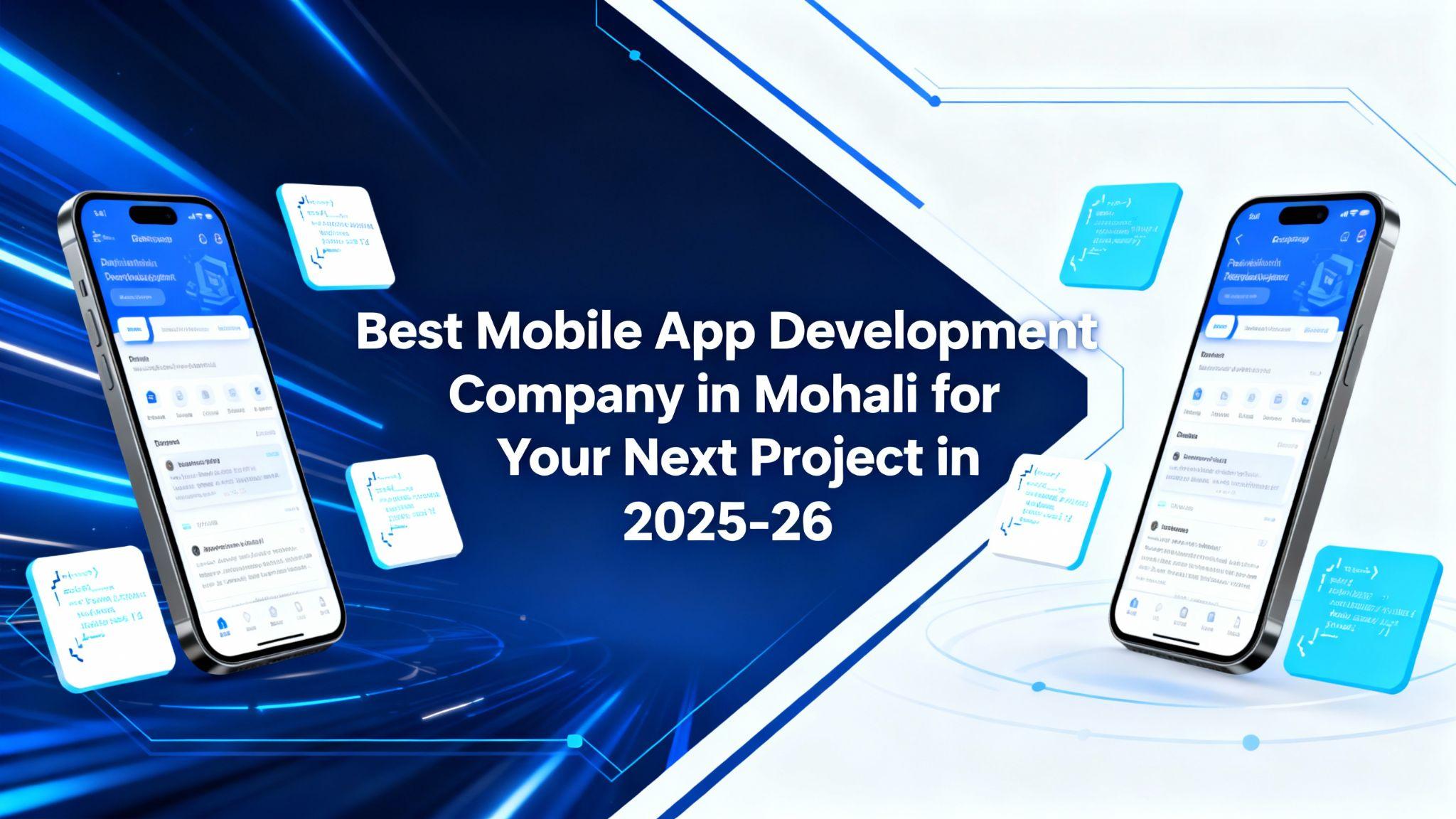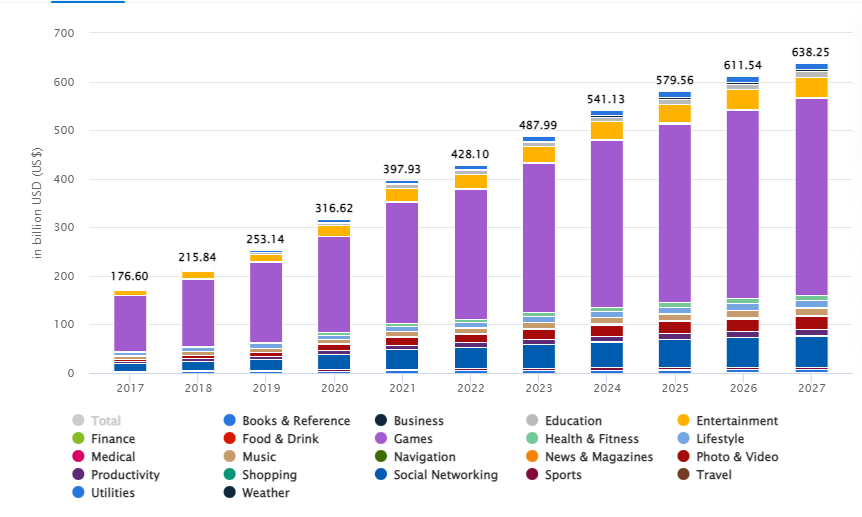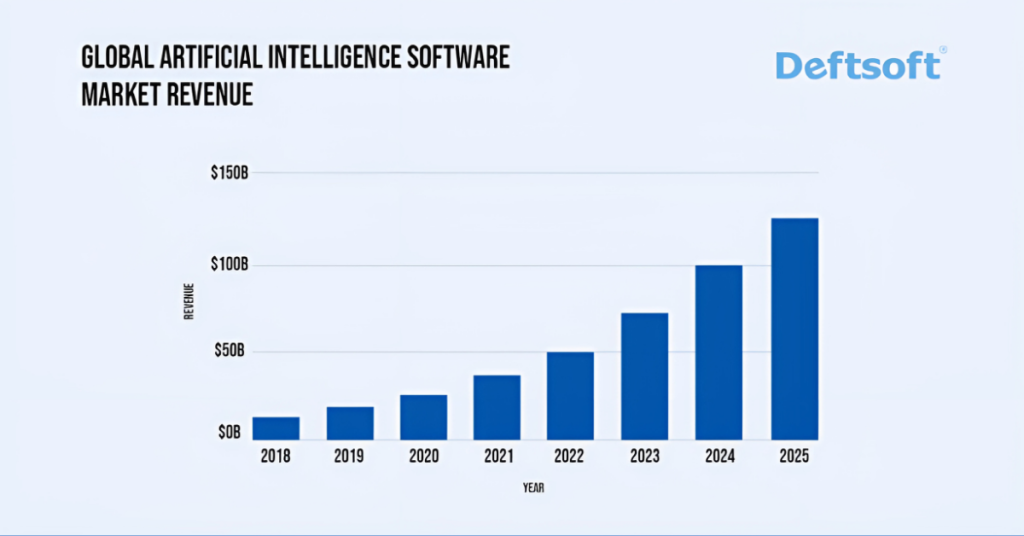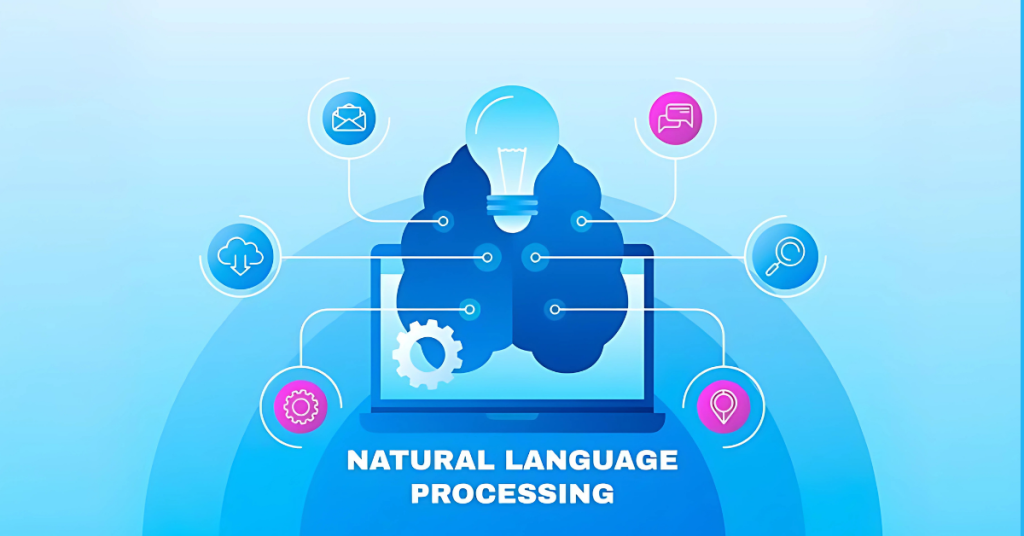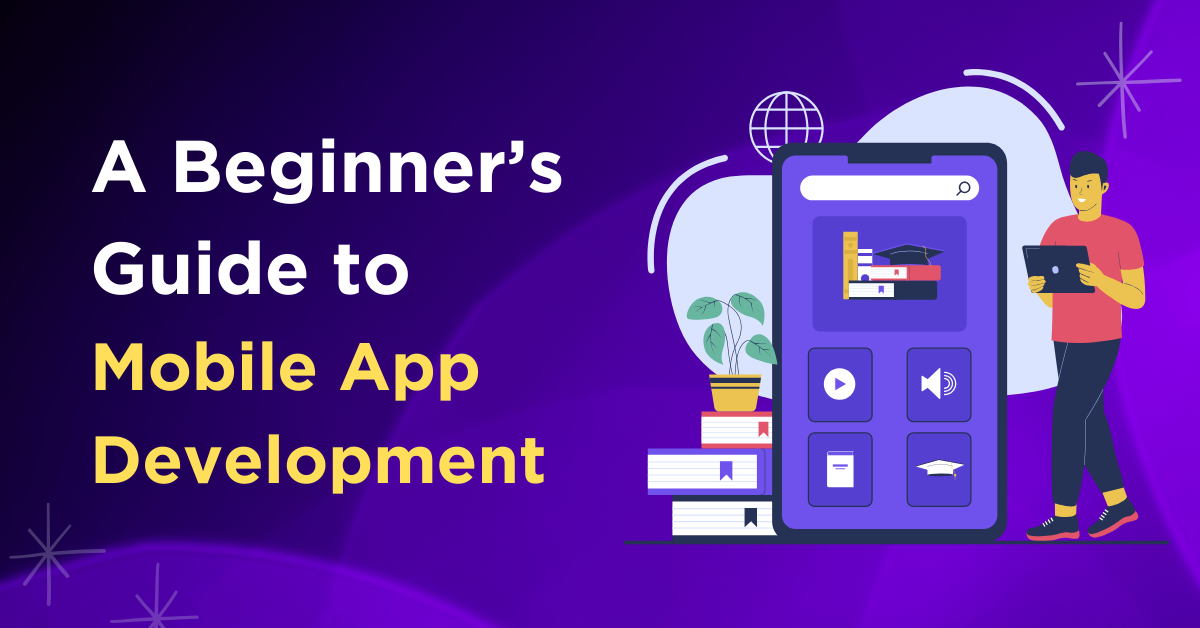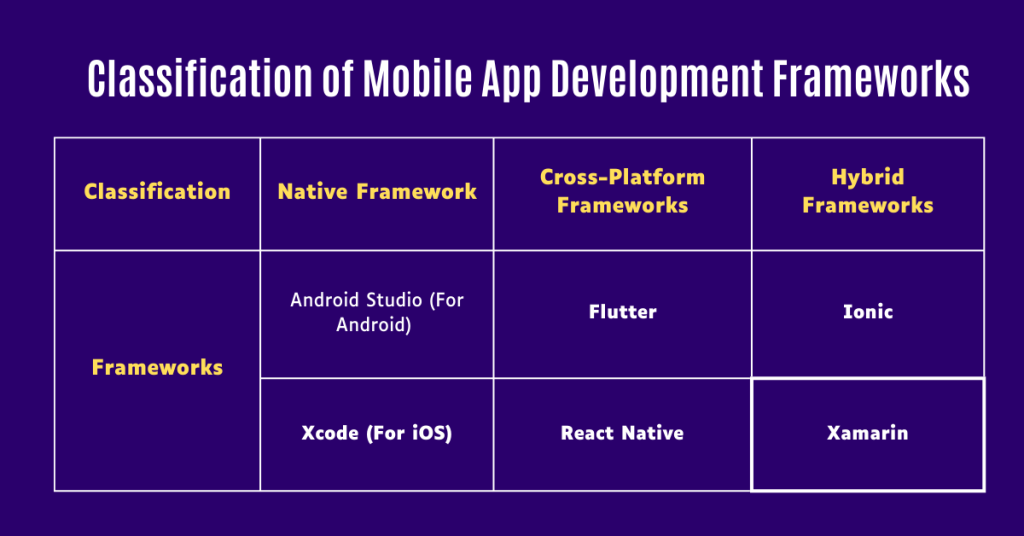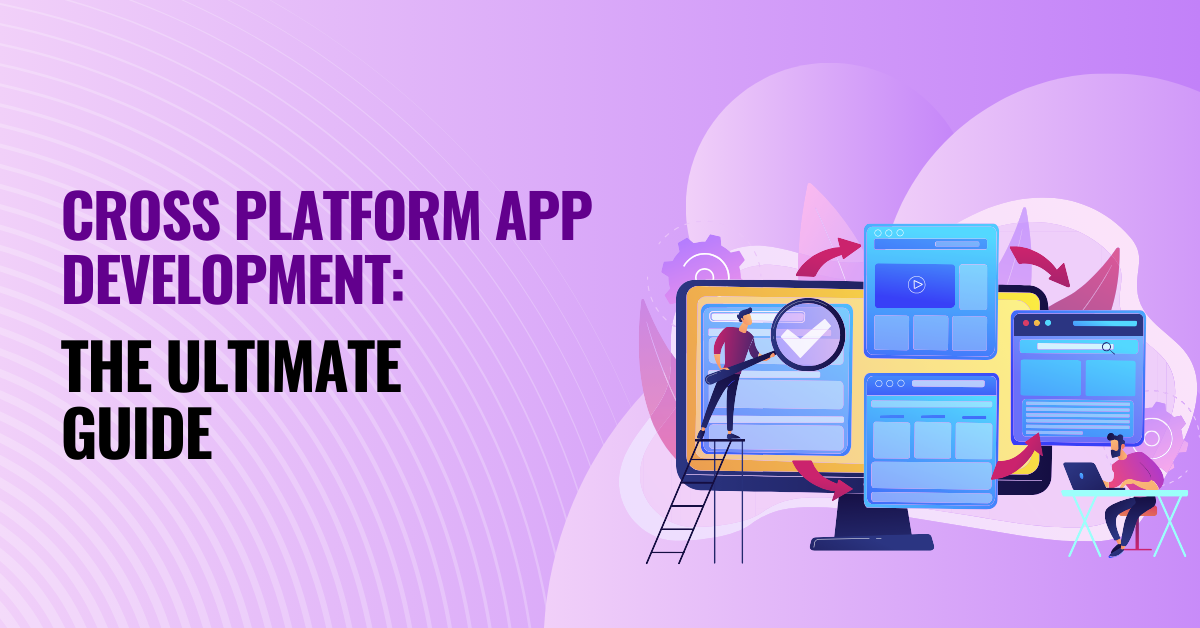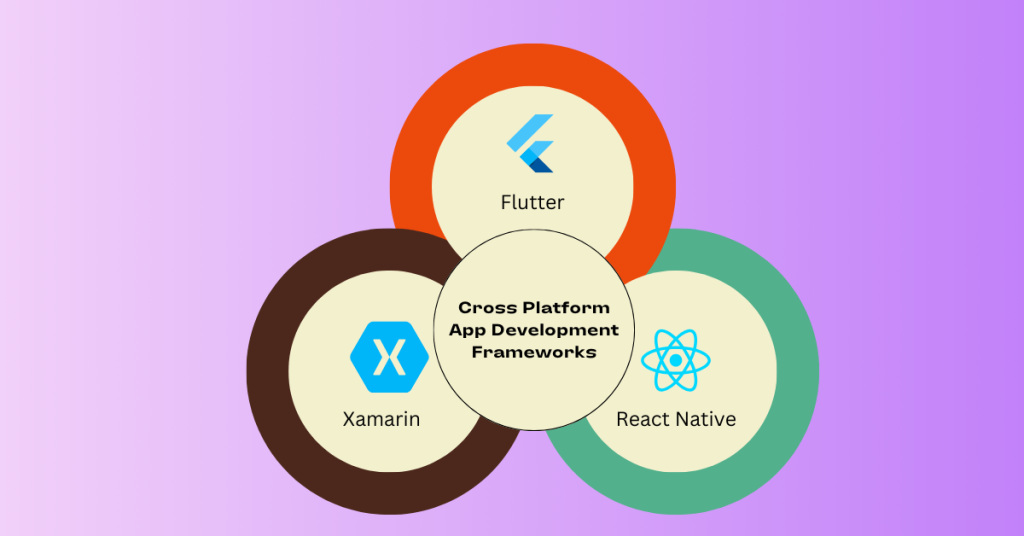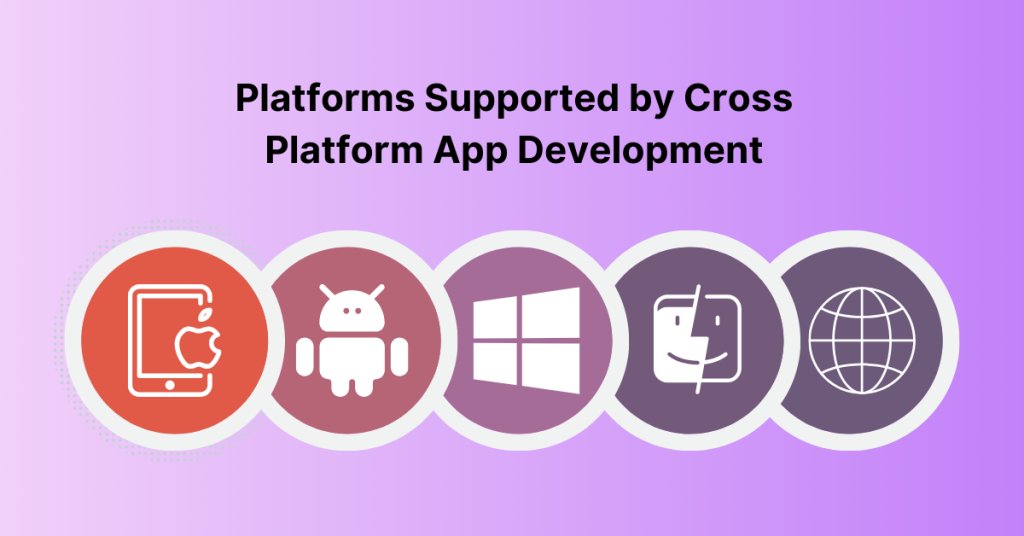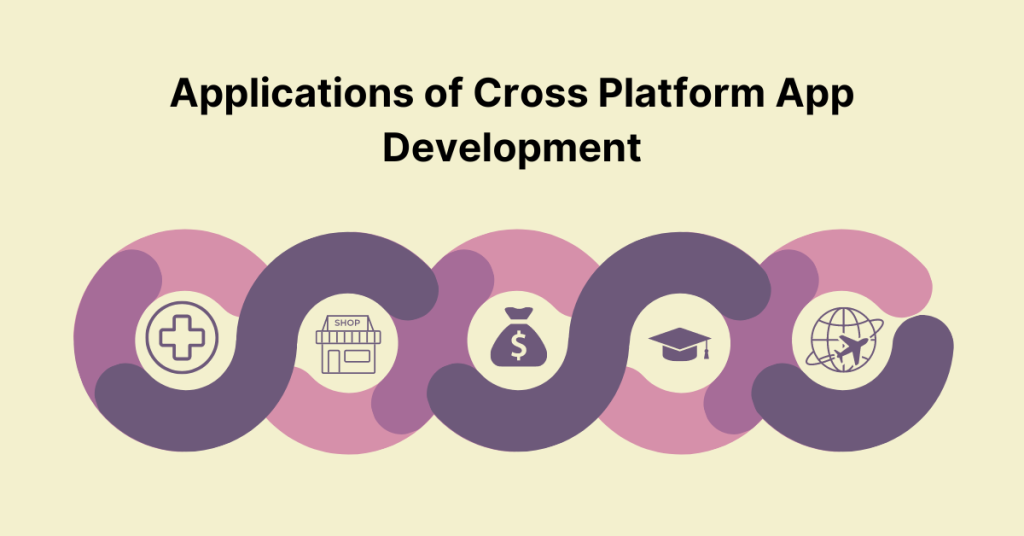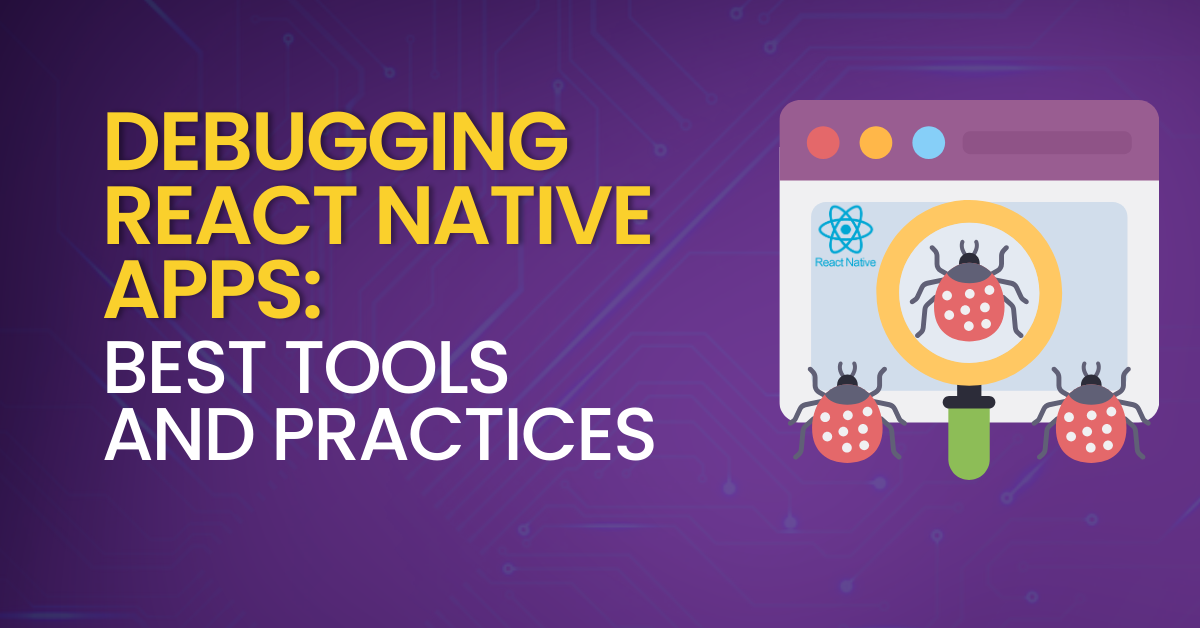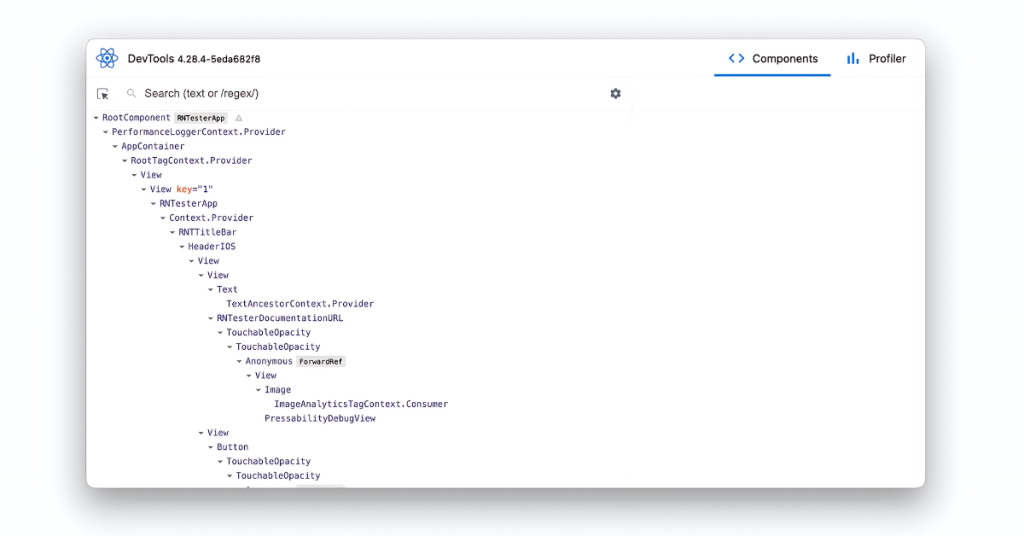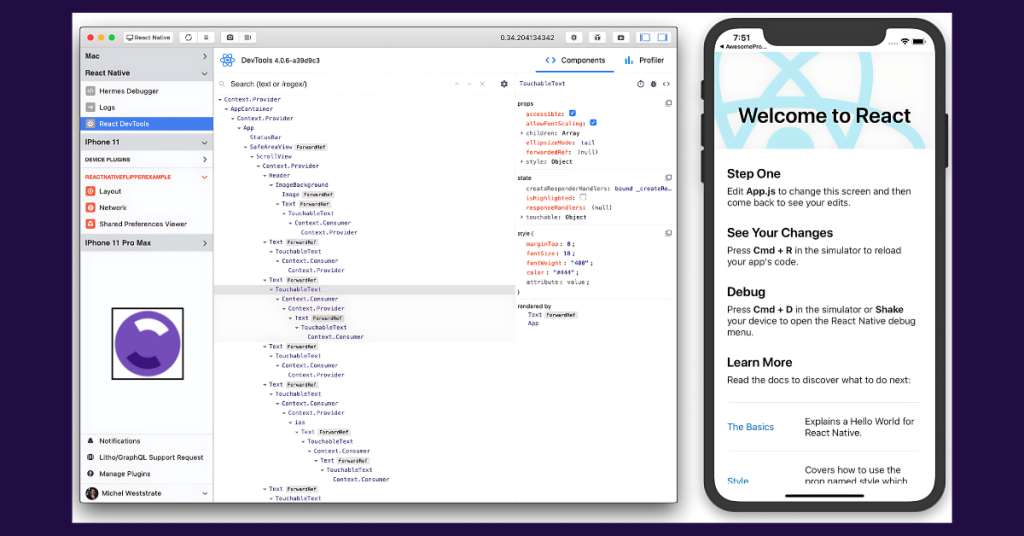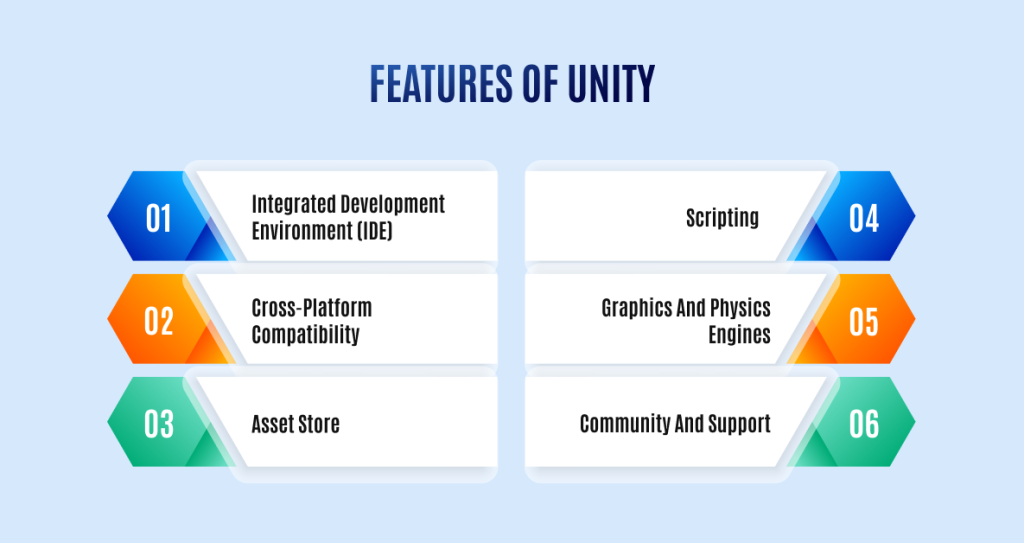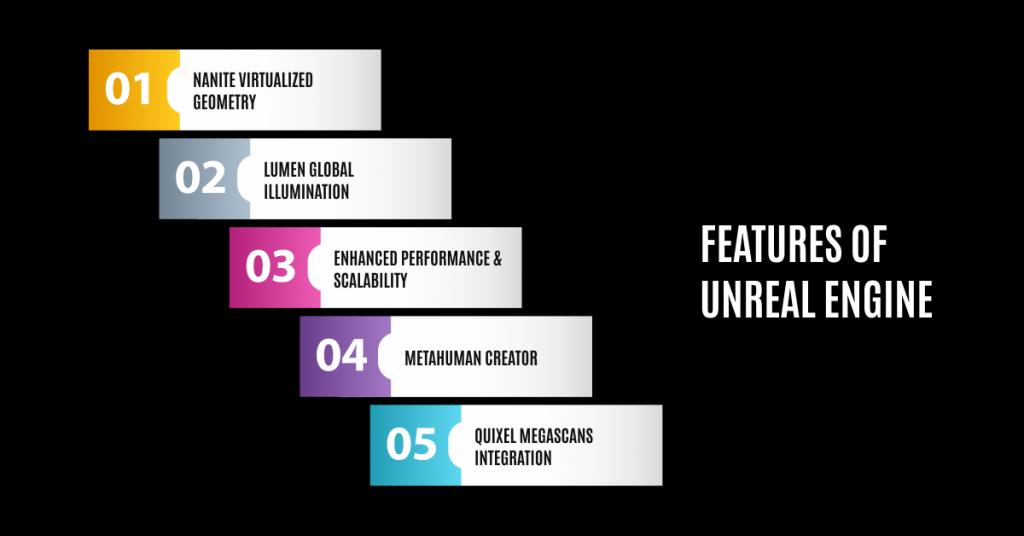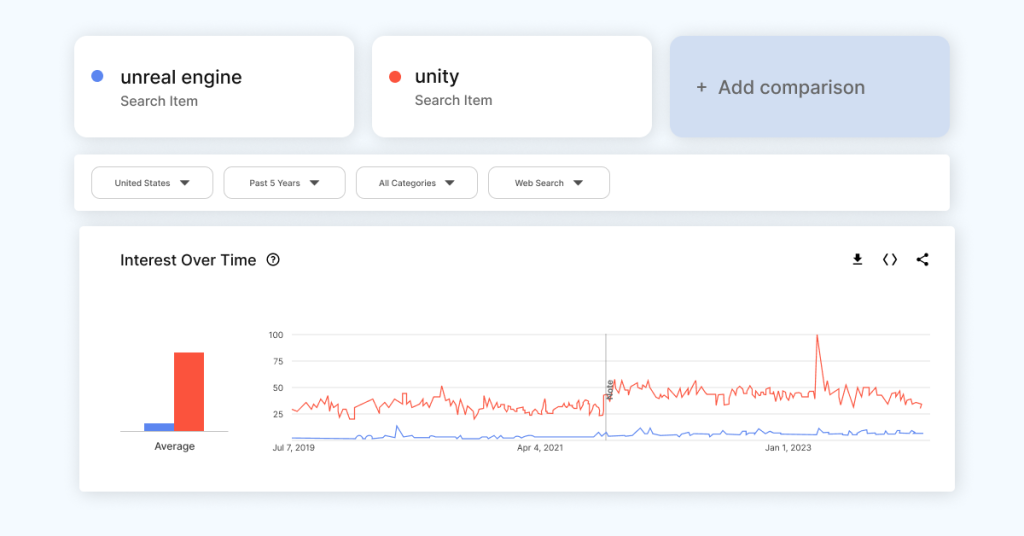Introduction
In today’s rapidly evolving digital landscape, mobile applications have become the cornerstone of modern business success. As we step into 2025, the demand for innovative, user-centric mobile applications continues to soar, making it crucial for businesses to partner with the best mobile app development company in Mohali. With countless options available in the market, selecting the right development partner can feel overwhelming. However, choosing a firm that seamlessly combines expertise, creativity, and technical excellence is paramount for transforming your vision into a market-ready reality.
The best mobile app development service in Mohali goes beyond mere coding and programming. These companies serve as strategic partners who invest time in understanding your unique business requirements, target audience, and long-term objectives. They leverage cutting-edge technologies, industry best practices, and innovative methodologies to create intuitive, scalable applications that not only meet current market demands but also anticipate future trends.
When searching for the best mobile app development company in Mohali, it’s essential to look for partners who prioritize quality, user experience, and customer satisfaction. These companies don’t just deliver products; they craft digital experiences that resonate with users, drive engagement, and ultimately contribute to your business growth.
Why Choosing the Right Mobile App Development Company is Crucial for Success
Selecting the right mobile app development company in Mohali is not merely a business decision—it’s a strategic investment that can determine the trajectory of your digital transformation journey. In an increasingly competitive marketplace, partnering with the best mobile app development service in Mohali in 2025 can provide the competitive edge your business needs to thrive.
Technical Expertise and Innovation
A premier mobile app development company brings years of technical expertise and a deep understanding of current market trends to your project. They possess comprehensive knowledge of various programming languages, frameworks, and development methodologies. This expertise enables them to recommend the most suitable technology stack for your specific requirements, ensuring optimal performance, scalability, and maintainability.
User-Centric Design Philosophy
The best mobile app development company in India understands that successful applications are built around user needs and preferences. They conduct thorough user research, create detailed user personas, and design intuitive interfaces that enhance user experience. This user-centric approach ensures higher adoption rates, increased user engagement, and positive app store reviews.
Market Insights and Strategic Guidance
Experienced development companies offer more than technical services; they provide valuable market insights and strategic guidance. They understand current mobile app development trends, user behavior patterns, and competitive landscapes, enabling them to advise on features, functionalities, and market positioning strategies that can maximize your app’s success potential.
Quality Assurance and Testing
Professional mobile app development companies implement rigorous quality assurance processes and comprehensive testing protocols. They conduct thorough testing across multiple devices, operating systems, and network conditions to ensure your application performs flawlessly in real-world scenarios.
Top Features to Look for in the Best Mobile App Development Companies
When evaluating potential partners for your mobile app project, focusing on key differentiating features can help you identify the best mobile app development company in Mohali 2025.
Comprehensive Portfolio and Case Studies
The most reputable companies showcase extensive portfolios featuring diverse projects across various industries. These portfolios demonstrate their versatility, creativity, and ability to deliver successful applications. Look for case studies that highlight problem-solving approaches, technical challenges overcome, and measurable business results achieved.
Multi-Platform Expertise
The best mobile app development service in Mohali should possess expertise across multiple platforms and technologies. As the best Android app development company and trusted iOS app development company, your chosen partner should demonstrate proven experience in native development for both platforms. Whether you need our specialized Android app development service for Google Play Store deployment, our top iOS app development service for App Store success, cross-platform solutions using React Native or Flutter, or progressive web applications, your development partner should have proven experience and technical proficiency across all these technologies.
Agile Development Methodology
Leading development companies employ agile methodologies that promote flexibility, transparency, and continuous improvement. This approach ensures regular communication, iterative development cycles, and the ability to adapt to changing requirements or market conditions throughout the project lifecycle.
Post-Launch Support and Maintenance
Successful mobile applications require ongoing support, updates, and enhancements. The best mobile app development company in Mohali provides comprehensive post-launch services, including bug fixes, performance optimization, security updates, and feature enhancements to ensure your application remains relevant and competitive.
Transparent Communication and Project Management
Effective communication is fundamental to project success. Look for companies that maintain open communication channels, provide regular progress updates, and use project management tools that offer transparency and accountability throughout the development process.
The Advantages of Partnering with a Local Mobile App Development Company in Mohali
Choosing a local mobile app development company in Mohali offers unique advantages that can significantly impact your project’s success and long-term sustainability.
Cultural Understanding and Market Knowledge
Local development companies possess inherent understanding of regional market dynamics, cultural preferences, and user behaviors. This knowledge enables them to create applications that resonate with local audiences while maintaining global appeal and scalability.
Enhanced Collaboration and Communication
Geographic proximity facilitates better collaboration through face-to-face meetings, real-time communication, and shared working hours. This enhanced interaction leads to clearer requirement understanding, faster decision-making, and stronger working relationships.
Cost-Effective Solutions
Local companies often provide competitive pricing structures without compromising quality. The absence of international communication barriers, time zone differences, and travel expenses contributes to overall cost efficiency and project timeline optimization.
Regulatory and Compliance Expertise
Local development partners understand regional regulations, compliance requirements, and legal frameworks. This knowledge ensures your application adheres to local laws, data protection regulations, and industry standards.
Ongoing Support and Accessibility
Local companies provide readily accessible ongoing support and maintenance services. This accessibility ensures prompt resolution of issues, timely updates, and continuous optimization based on user feedback and market changes.
Deftsoft: The Best Mobile App Development Company in Mohali
When seeking the best mobile app development company in Mohali, Deftsoft emerges as the clear industry leader, setting benchmarks for excellence, innovation, and client satisfaction. With an impressive track record of delivering cutting-edge mobile applications across diverse industries, Deftsoft has established itself as the premier choice for businesses seeking digital transformation through mobile technology.
Our Comprehensive Service Offerings
Deftsoft provides end-to-end mobile app development services that encompass every aspect of the development lifecycle:
- Native Mobile App Development: As a leading Android app development company and best iOS app development company, our expert developers create high-performance native applications for both platforms, ensuring optimal user experience and platform-specific functionality integration. Our specialized Android app development service and iOS app development service deliver platform-optimized solutions that leverage each ecosystem’s unique capabilities.
- Cross-Platform Development: Utilizing advanced frameworks like React Native and Flutter, our cross-platform app development process maintain native-like performance across multiple platforms.
- Enterprise Mobile Solutions: We specialize in developing robust enterprise applications that enhance productivity, streamline operations, and improve business efficiency.
- E-commerce Mobile Apps: Our team creates feature-rich e-commerce applications with secure payment gateways, intuitive user interfaces, and advanced shopping functionalities.
- Custom Mobile App Development: We develop tailored solutions that address specific business requirements, ensuring perfect alignment with your unique operational needs and strategic objectives.
Our Technology Expertise
As the best mobile app development service in Mohali in 2025, Deftsoft maintains expertise in the latest technologies and frameworks:
- Programming Languages: Swift, Kotlin, Java, Dart, JavaScript, TypeScript
- Frameworks: React Native, Flutter, Xamarin, Ionic
- Backend Technologies: Node.js, Python, .NET, PHP, Ruby on Rails
- Databases: MongoDB, PostgreSQL, MySQL, Firebase
- Cloud Platforms: AWS, Google Cloud, Microsoft Azure
- Integration Services: RESTful APIs, GraphQL, third-party service integrations
Industry-Specific Solutions
Our diverse portfolio spans multiple industries, demonstrating our ability to understand and address sector-specific challenges:
- Healthcare: HIPAA-compliant medical applications with telemedicine capabilities
- Finance: Secure fintech solutions with advanced encryption and regulatory compliance
- Education: Interactive e-learning platforms with multimedia content delivery
- Retail: Comprehensive e-commerce solutions with inventory management integration
- Real Estate: Property management and listing applications with virtual tour capabilities
Why Choose Deftsoft for Mobile App Development in Mohali
- Proven Track Record of Excellence
Deftsoft’s impressive portfolio includes over 200 successfully delivered mobile applications across various industries. Our clients range from innovative startups to established enterprises, each benefiting from our commitment to excellence and technical expertise.
- Expert Development Team
Our team comprises seasoned developers, designers, quality assurance specialists, and project managers who bring years of experience and diverse skill sets to every project. As a premier Android app development company, our Android specialists are well-versed in Kotlin, Java, and the latest Android development frameworks. Similarly, as the best iOS app development company, our iOS experts excel in Swift, Objective-C, and Apple’s development ecosystem. Our comprehensive Android app development service and iOS app development service ensure platform-specific optimization and adherence to each platform’s design guidelines and performance standards. We continuously invest in team training and skill development to stay current with emerging technologies and industry best practices.
- User-Centric Design Philosophy
We prioritize user experience in every aspect of our development process. Our design team conducts thorough user research, creates detailed wireframes and prototypes, and implements intuitive interfaces that enhance user engagement and satisfaction.
- Agile Development Approach
Our agile methodology ensures flexible, iterative development cycles that accommodate changing requirements and market conditions. This approach promotes transparency, continuous feedback, and rapid adaptation to evolving project needs.
- Quality Assurance Excellence
We implement comprehensive testing protocols including functional testing, performance testing, security testing, and user acceptance testing. Our quality assurance team ensures every application meets the highest standards of performance, security, and reliability.
- Transparent Communication
We maintain open communication channels throughout the project lifecycle, providing regular updates, progress reports, and collaborative opportunities. Our project management tools ensure transparency and accountability at every stage.
- Competitive Pricing
As the best mobile app development company in India, we offer competitive pricing structures that provide excellent value for investment. Our cost-effective solutions don’t compromise quality or functionality.
- Ongoing Support and Maintenance
Our commitment extends beyond project delivery. We provide comprehensive post-launch support, including regular updates, bug fixes, performance optimization, and feature enhancements to ensure long-term application success.
Conclusion: Choose Deftsoft to Elevate Your Business Through Mobile Innovation
In the competitive landscape of mobile app development, partnering with the best mobile app development company in Mohali can determine the difference between digital success and missed opportunities. Deftsoft combines technical excellence, creative innovation, and strategic insight to deliver mobile applications that not only meet current requirements but also position your business for future growth and success.
Our commitment to quality, user experience, and client satisfaction has earned us recognition as the leading mobile app development company in Mohali and established our reputation throughout India. Whether you’re a startup with a revolutionary idea or an enterprise seeking digital transformation, Deftsoft possesses the expertise, experience, and passion to bring your vision to life.
Don’t settle for ordinary when you can achieve extraordinary. Choose Deftsoft as your mobile app development partner and experience the difference that true expertise, dedication, and innovation can make for your business success.
Contact us today to begin your mobile app development journey with the best mobile app development company in Mohali 2025.
Frequently Asked Questions (FAQs)
1. What makes Deftsoft the best mobile app development company in Mohali?
Deftsoft stands out due to our comprehensive expertise, proven track record of 200+ successful projects, experienced development team, user-centric design philosophy, and commitment to delivering high-quality applications across various industries. Our agile development approach, transparent communication, and ongoing support services further distinguish us as the premier choice in Mohali.
2. How much does it cost to develop a mobile app with Deftsoft?
Mobile app development costs vary based on complexity, features, platform requirements, and project scope. We offer competitive pricing and provide detailed cost estimates after understanding your specific requirements. Our transparent pricing structure ensures no hidden costs and excellent value for your investment.
3. How long does it typically take to develop a mobile app?
Development timelines depend on app complexity, feature requirements, and platform specifications. Simple apps typically take 2-3 months, while complex enterprise applications may require 6-8 months. We provide realistic timelines during project planning and maintain regular communication about progress throughout development.
4. Do you provide both iOS and Android app development services?
Yes, we specialize in both native iOS and Android development, as well as cross-platform solutions using React Native and Flutter. Our team has extensive experience with platform-specific guidelines, ensuring optimal performance and user experience on each platform.
5. What industries do you serve?
We serve diverse industries including healthcare, finance, education, e-commerce, real estate, logistics, entertainment, and many others. Our experience across multiple sectors enables us to understand industry-specific requirements and deliver tailored solutions.
6. Do you provide ongoing support and maintenance after app launch?
Absolutely! We provide comprehensive post-launch support including bug fixes, performance optimization, security updates, feature enhancements, and app store maintenance. Our ongoing support ensures your application remains current, secure, and competitive.
7. What technologies and frameworks do you use?
We work with the latest technologies, including Swift, Kotlin, React Native, Flutter, Node.js, Python, and various databases and cloud platforms. Our technology choices are always aligned with project requirements and long-term scalability needs.
